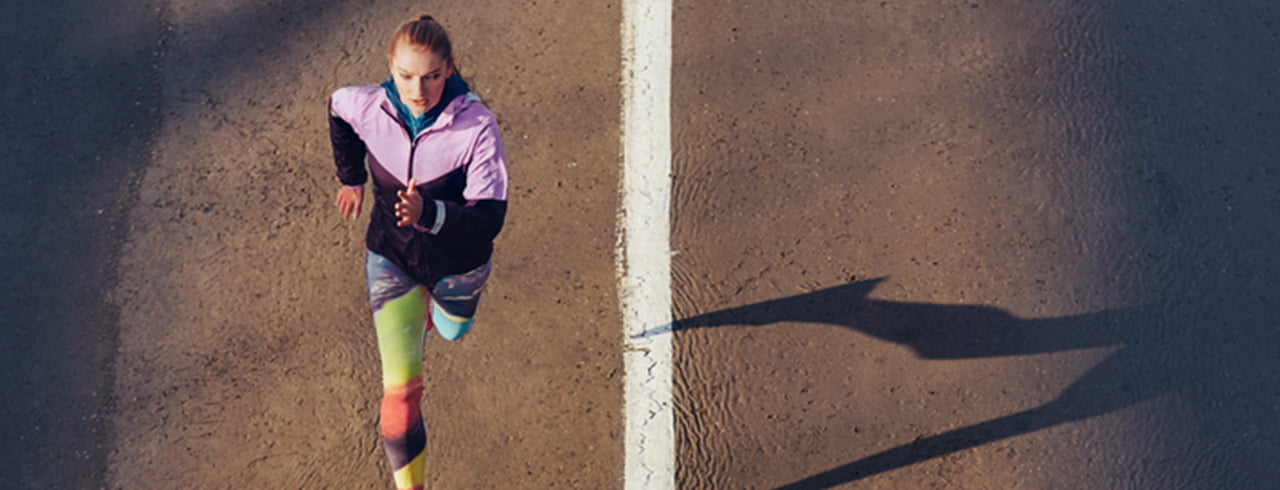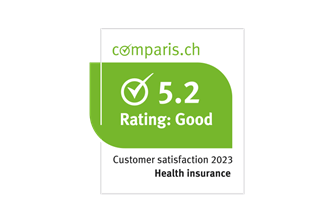
Jogging on the right surface
Running is a popular sport. According to the Swiss Federal Office of Sport, almost a quarter of the Swiss population jogs. Most run to stay fit and healthy. Others are doing specific preparation for a race.
Choice of surface is particularly important for competitive runners, as they have to get in enough training kilometres on the same surface the race will be run on. In the case of fun runs it's usually asphalt.
But even if you don't have any competitive ambitions it's good to think about the surface you're running on. It's primarily a matter of health. Depending on the surface, the risk of injuring yourself and putting a strain on your body increases. To help you choose the right terrain, below we describe the various surfaces and their characteristics.
Training on asphalt
Because asphalt is so hard and even, it's great for both beginners and pros. Beginners have to expend less energy to move forward. Professionals like asphalt because they can run at high speeds with a low risk of injury. If you're running on hard asphalt you need good shock-absorbing shoes. Putting too much strain on your body can lead to joint and back pain. Beginners should therefore be careful when they start training.
Gravel paths
This is the type of surface that most runners encounter in nature and when they're out and about – in the woods, between fields, along rivers or in parks. Although in theory you use the same muscles as on asphalt, the stress is somewhat more varied. And the small stones have a damping effect as your shoes slide a bit with every step. For gravel you need comfortable running shoes with proper heel support and a sole with a good profile.
Woodchip trails and sandy beaches
Woodchip trails (which can also be made of wood shavings and sawdust) are a Nordic invention. They're very soft. So it's advisable to run in less shock-absorbing shoes or even barefoot. The depth and unevenness of the surface mean it's not suitable for runners with unstable foot joints or fatigued ligaments and tendons. Sandy beaches have similar characteristics to woodchip trails (a soft, unstable surface) so the same recommendations apply.
Forest trails and dirt tracks
Many runners enjoy exercising out in nature on forest trails. Unfortunately they're uneven and can easily trip you up. Roots and large stones are a frequent cause of injury to the ankles (sprains and torn ligaments). This means forest trails and dirt tracks are best left to advanced runners. When you choose shoes for this surface you should make sure the soles absorbs shocks and the shoes give your feet plenty of lateral support.
Synthetic tracks (tartan tracks)
Running laps around a synthetic track in an athletics stadium might not compare with experiencing nature on forest trails, but a tartan track is very good for fast runs and interval training. Because the surface is elastic and absorbs some of the shocks, you should choose light shoes offering minimal cushioning. If you have Achilles tendon problems you should switch to asphalt.
SWICA supports running events
People and their health are at the centre of everything SWICA does, which is why we support an extensive range of grassroots sports events as a sponsor. As in previous years, this year there are a large number of running events taking place throughout Switzerland.
It is our pleasure to sponsor the events below, which cover a wide variety of formats:




